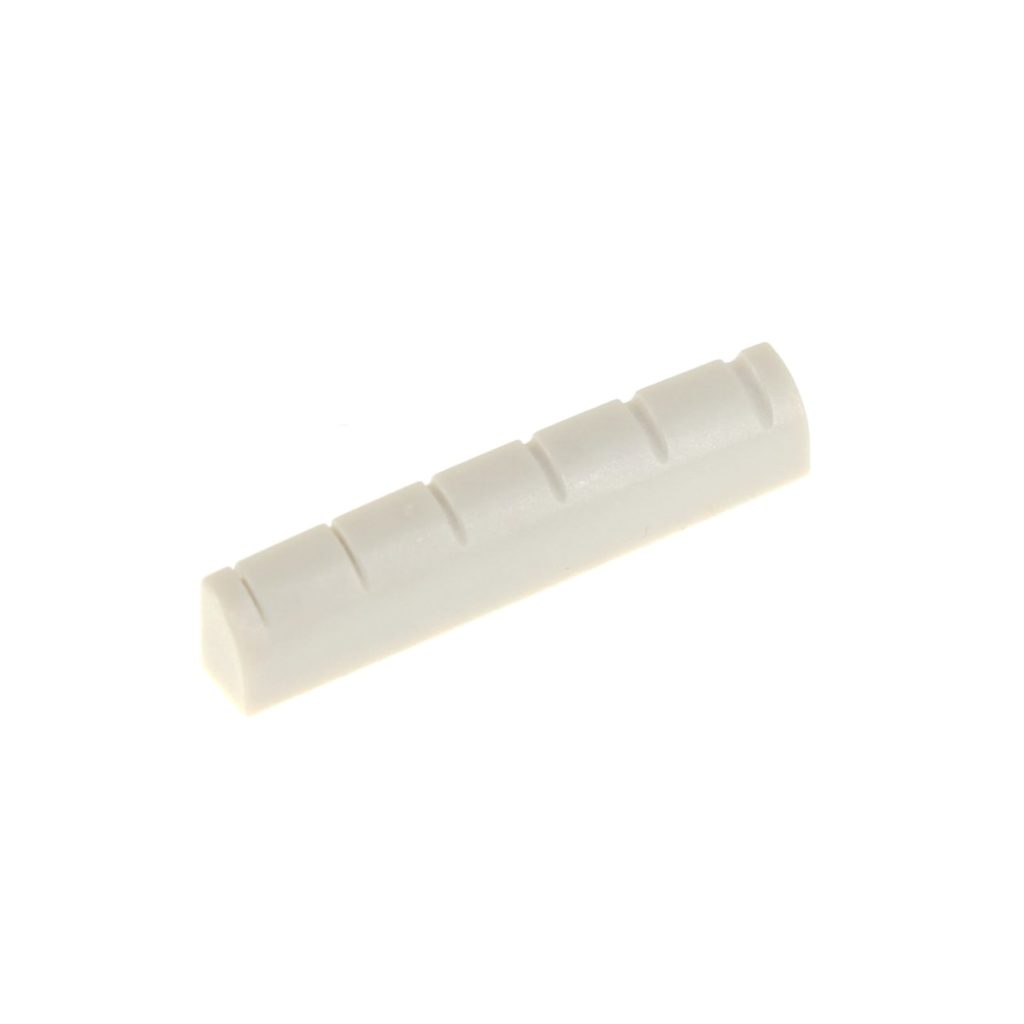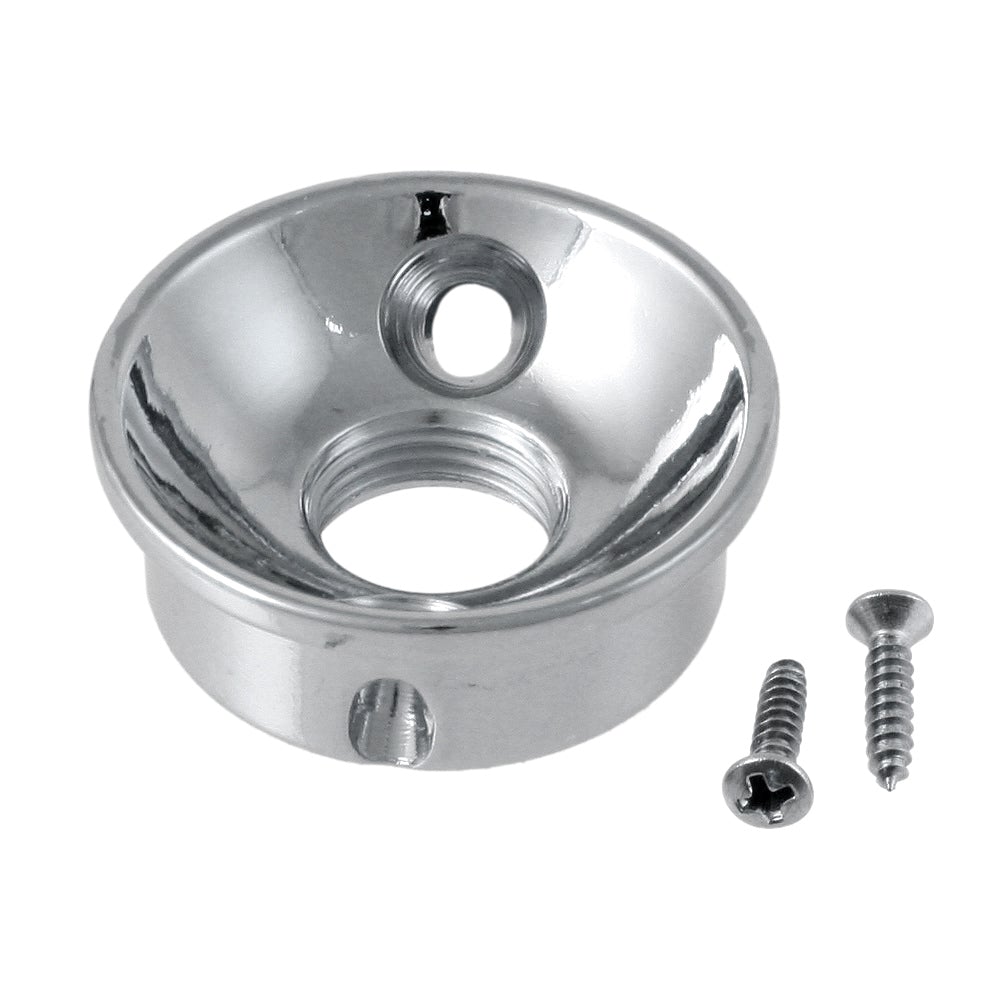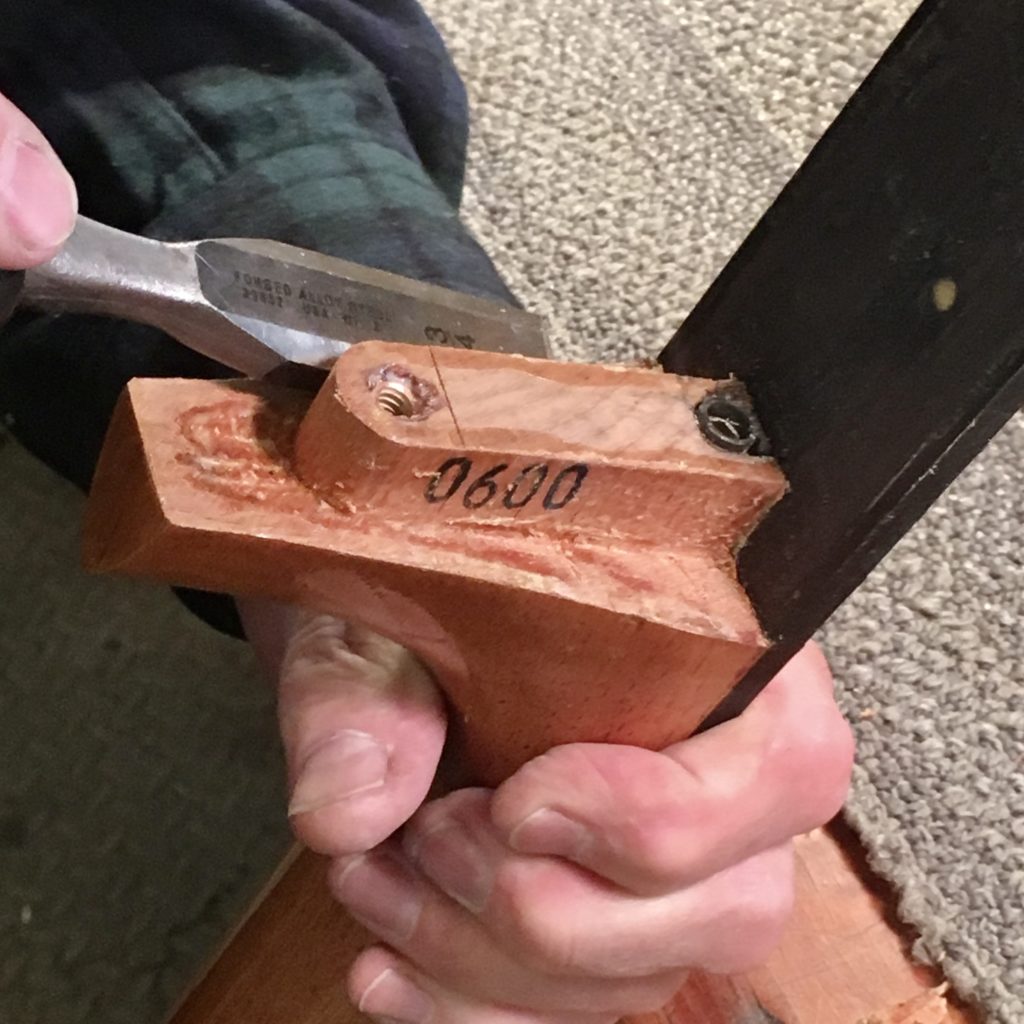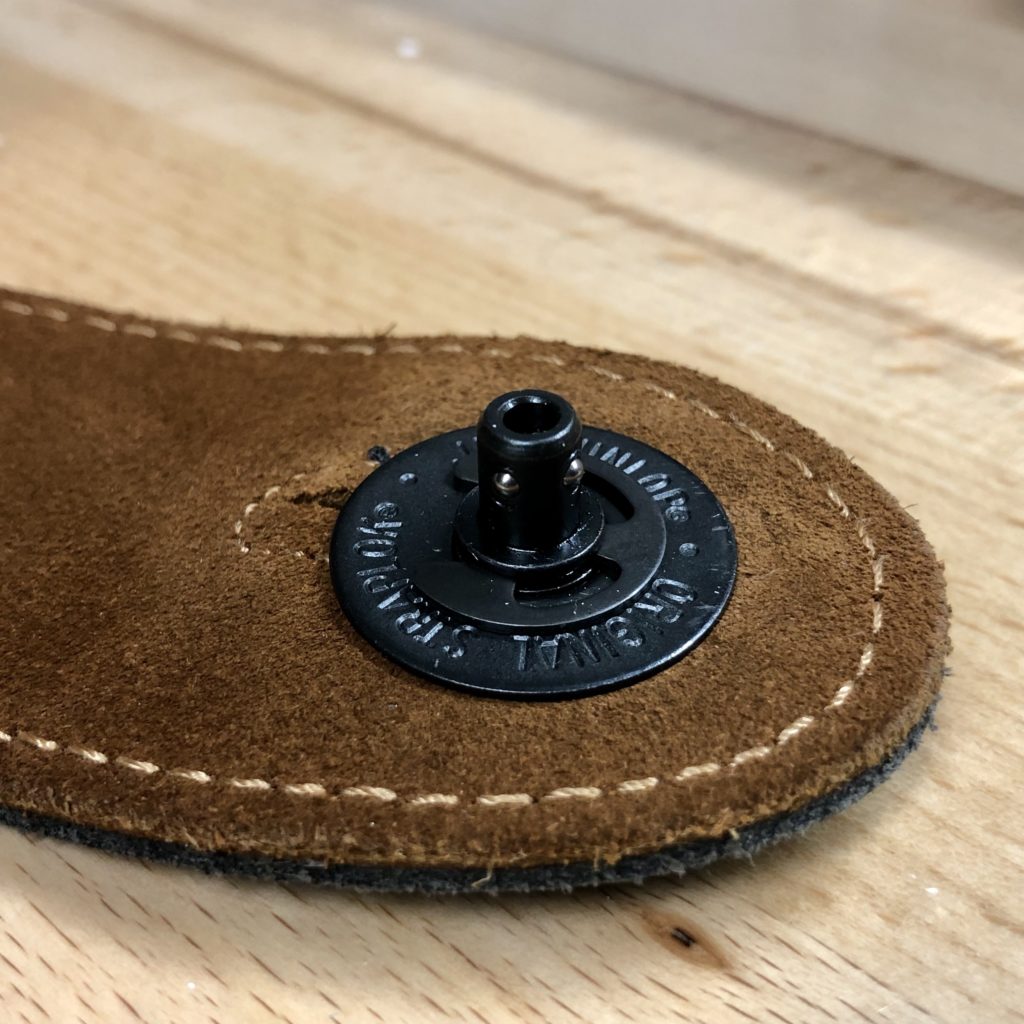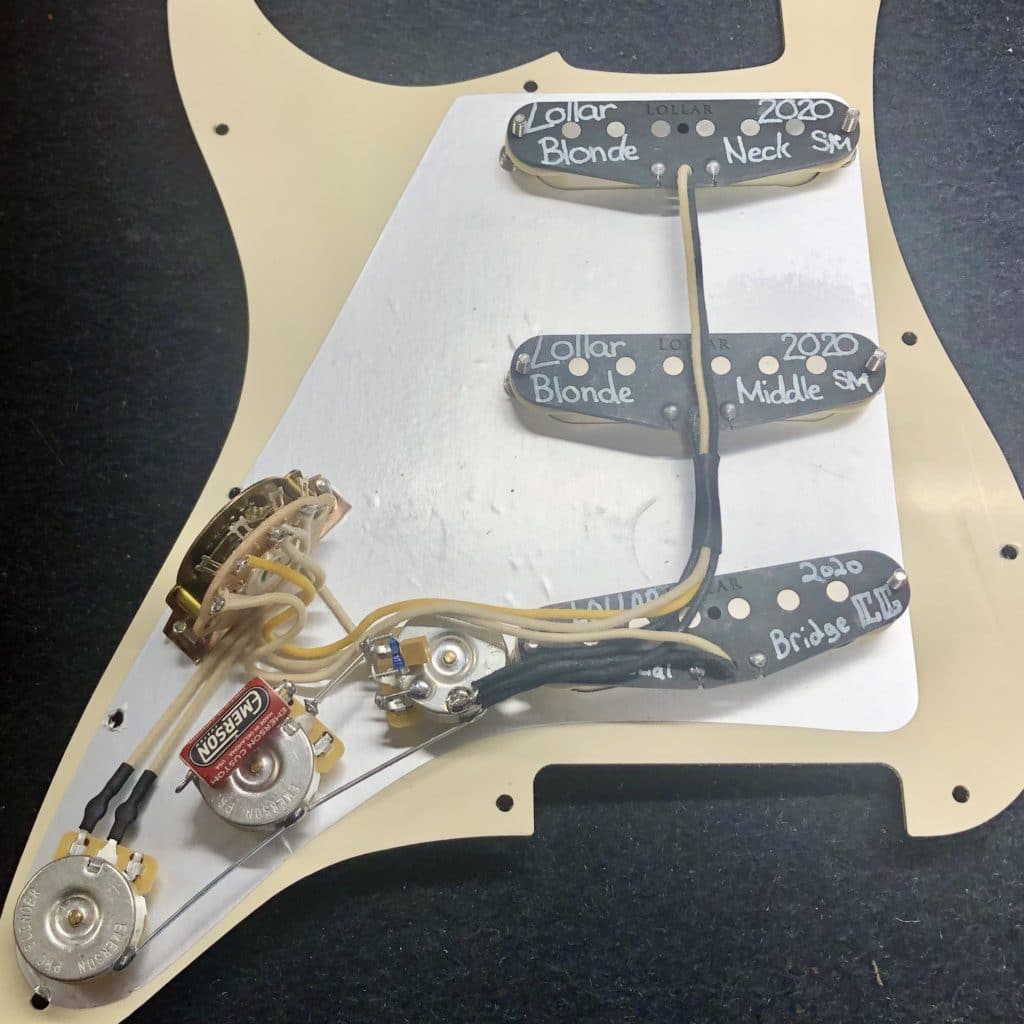Acoustic Guitar Bridge String Ramping
An acoustic guitar’s bridge and saddle work together to anchor and suspend the strings on the guitar body. During a setup, raising or lowering the saddle is one of the key adjustments to an instrument’s action. However, there are limits as to how far the saddle can be adjusted in either direction.
An acoustic guitar’s bridge and saddle work together to anchor and suspend the strings on the guitar body. During a setup, raising or lowering the saddle is one of the key adjustments to an instrument’s action. However, there are limits as to how far the saddle can be adjusted in either direction.
Acoustic Guitar Bridge String Ramping Read More »


